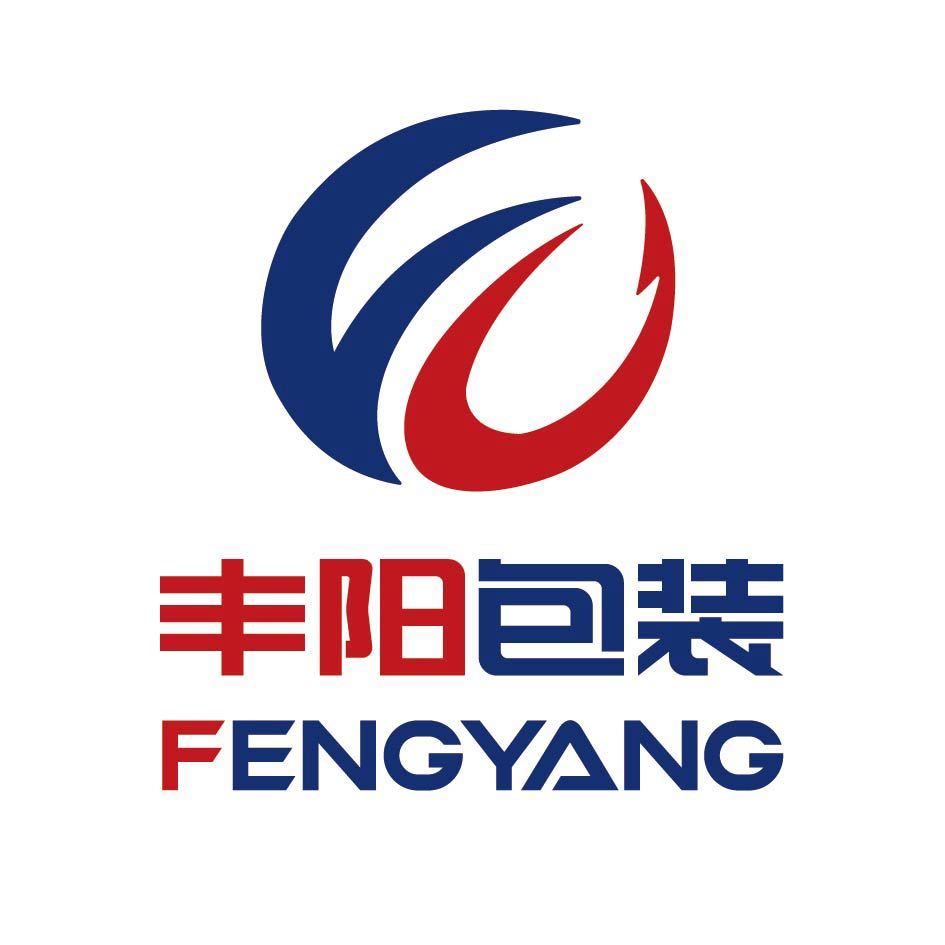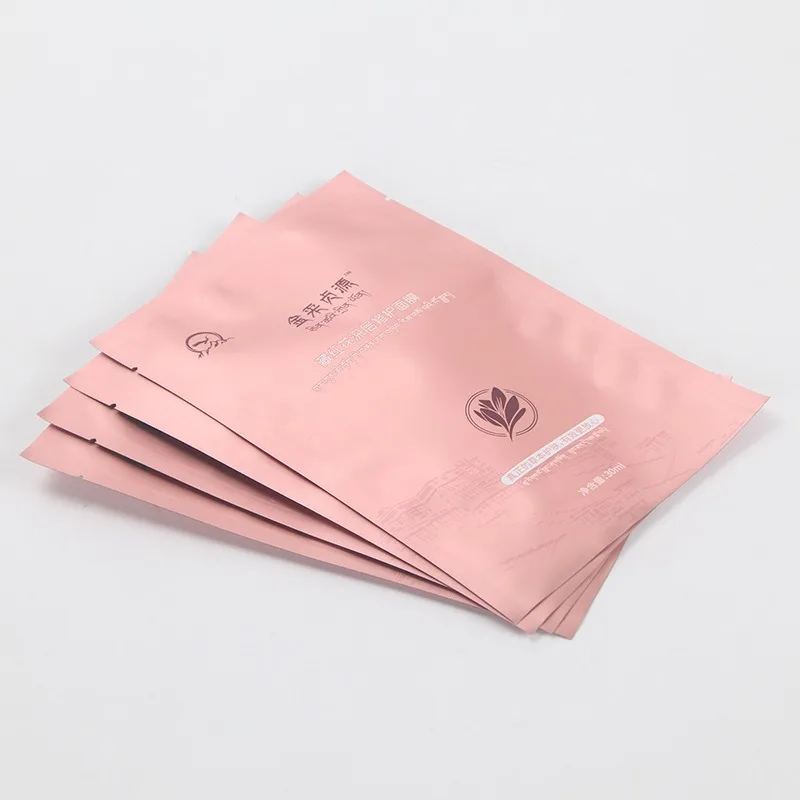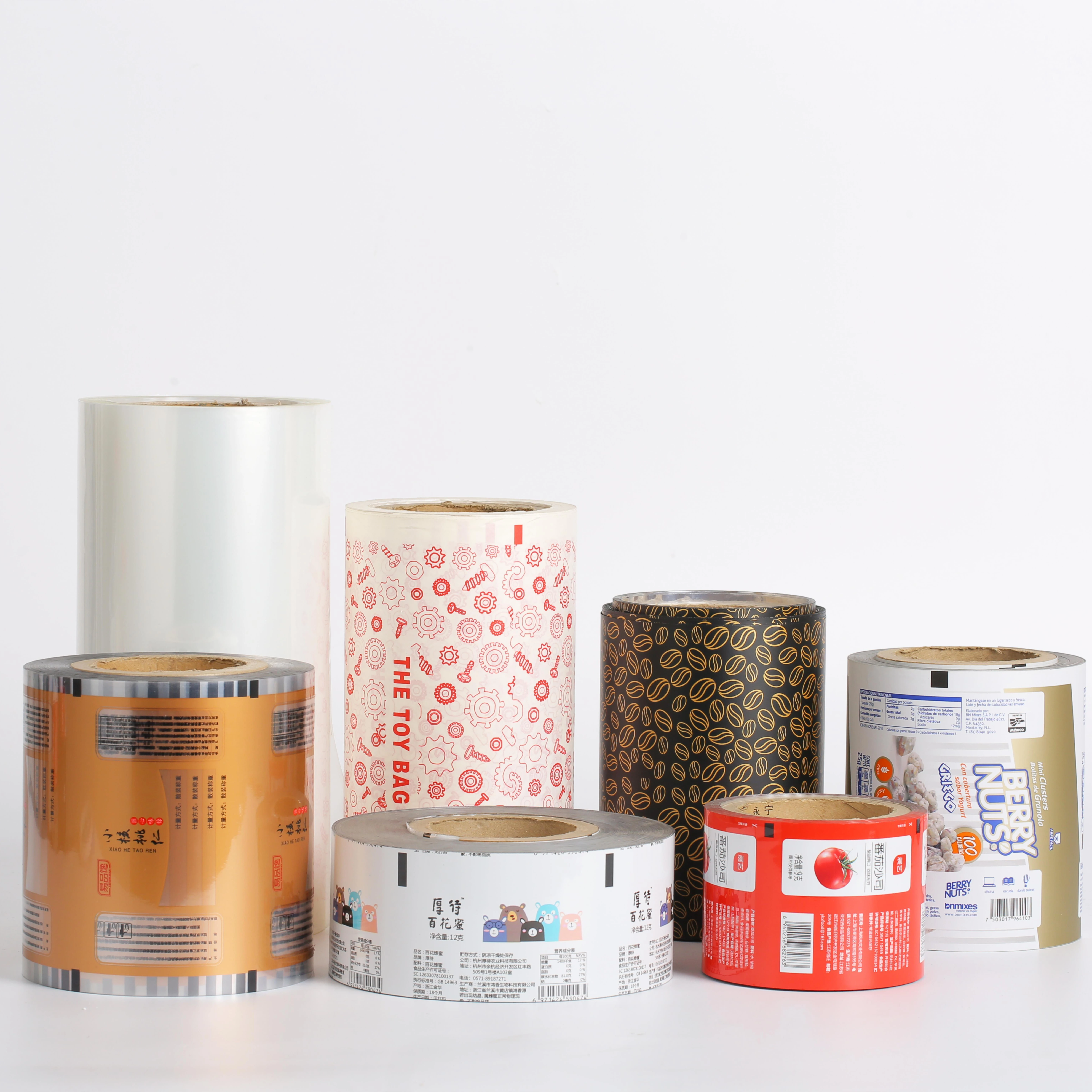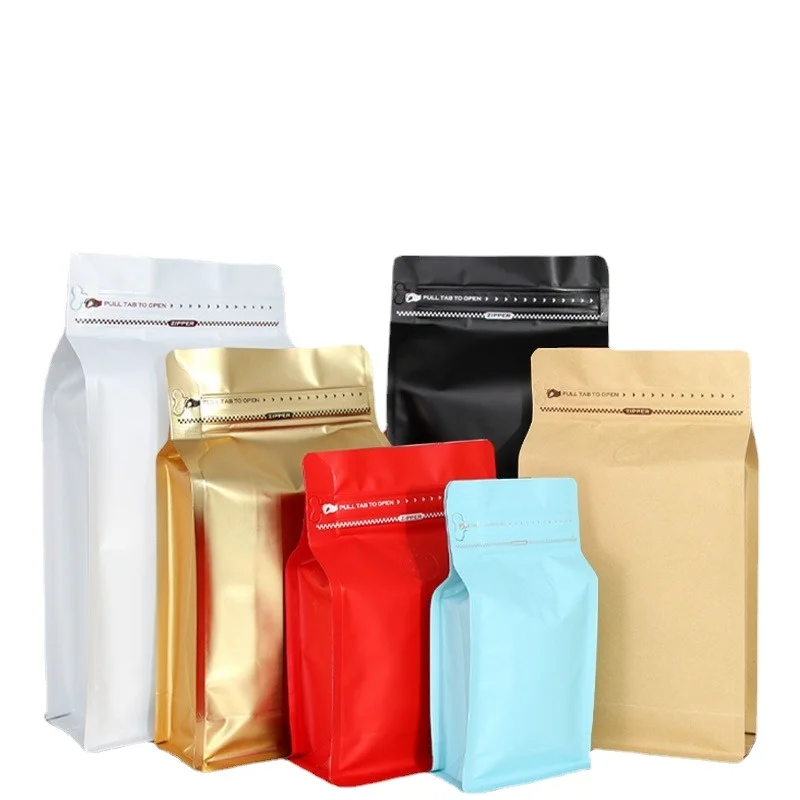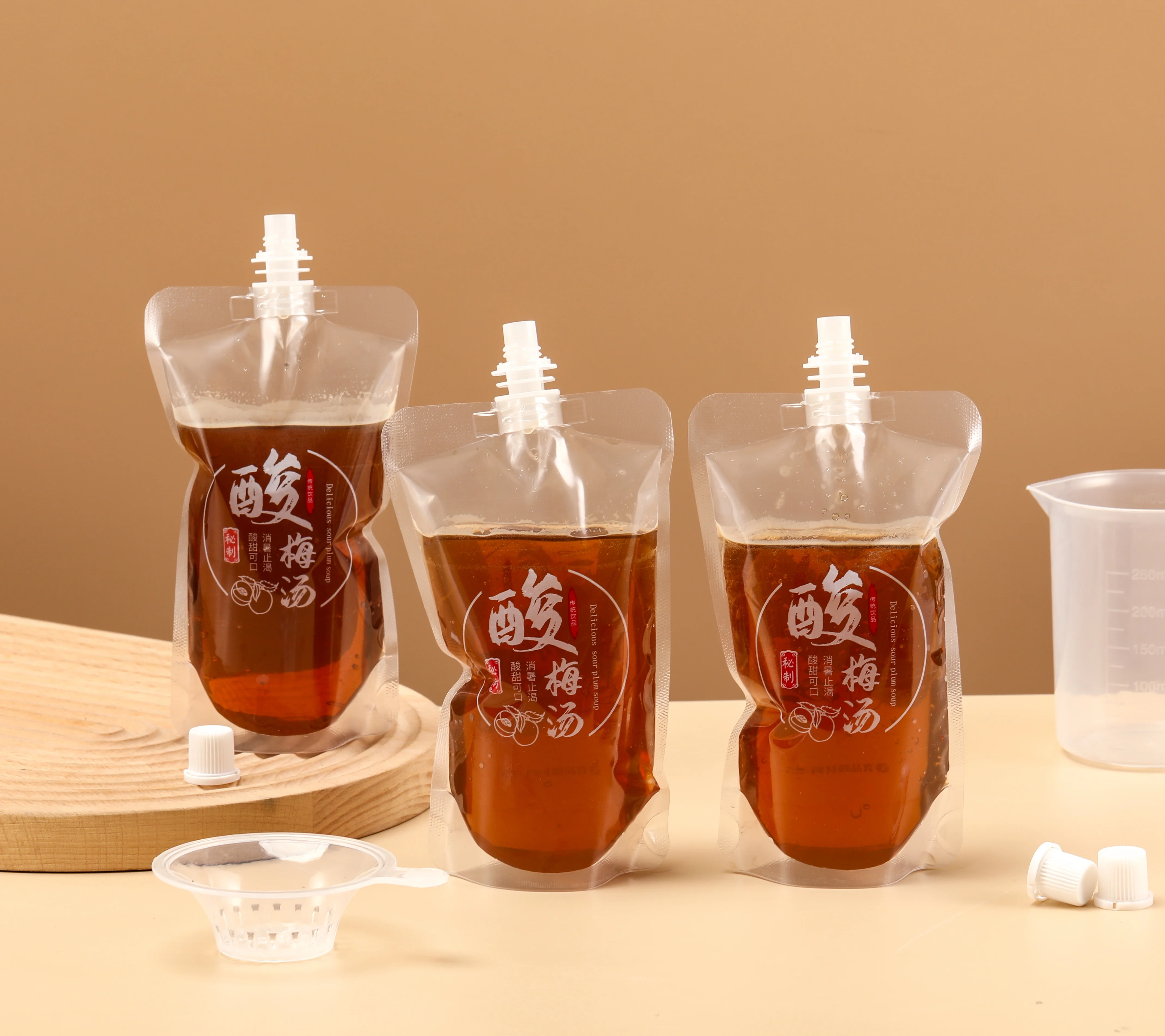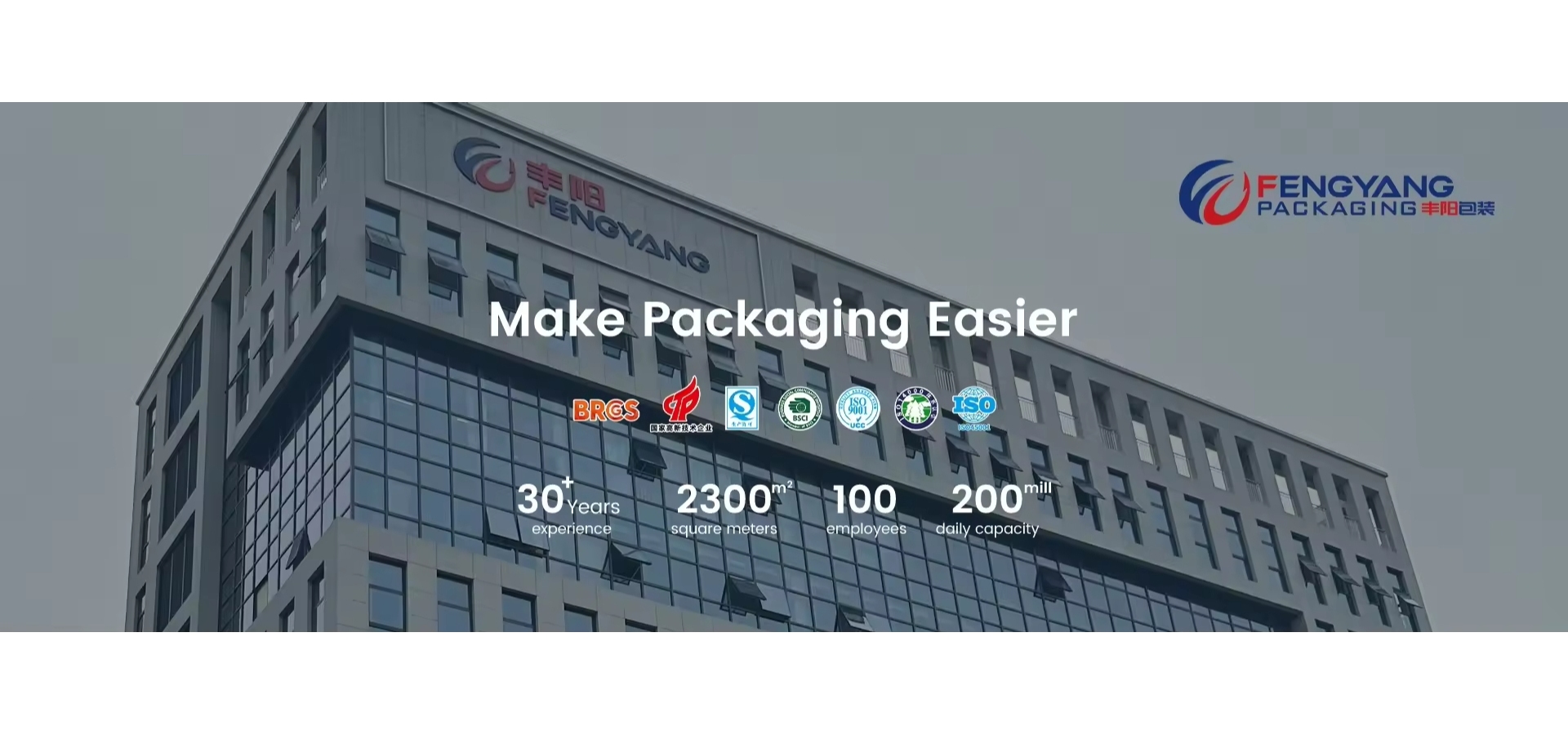
ABOUT
Wenzhou Fengyang Packaging Co., Ltd. is located in Cangnan County, Wenzhou City, Zhejiang Province, China's packaging and printing city. Founded in 2016, the company has a registered capital of 55.51 million yuan, an annual output value of 300 million yuan, a building area of 23000 square meters, more than 100 employees, a team of technical R&D engineers with 10 years of experience, and more than 10 patents for various packaging applications. It is a national high-tech enterprise in China and a technology-based enterprise in Zhejiang Province. The company has been focusing on the research and development and production of functional packaging products such as high barrier, light and heat avoidance, low-temperature freezing, high-temperature steaming, recycling, and degradability. The company has passed IS09001 quality management system certification, IS022000 food safety management system certification, etc. The products have passed multiple authoritative tests such as SGS,BSCI, and the materials comply with US FDA and EU standards. It is a technology-based manufacturing enterprise that integrates research and development, design, production, sales, and service.The company can support OEM, ODM customization, the main production of coffee bags, dog food bags, suction bags, self-supporting zipper bags. The company with excellent quality, good service, timely delivery to win the trust of customers at home and abroad.Thanks for the recognition of domestic and foreign customers, welcome to visit our factory at any time.
PRODUCTS
Coffee Bag Styles
Foil Bags: The Industry Standard
For decades, foil-lined bags have reigned supreme in the coffee world. These bags, typically made from a multi-layer structure combining polyethylene, aluminum foil, and polypropylene, provide exceptional protection against oxygen, moisture, and light. These three factors are the primary enemies of coffee freshness, leading to staleness, rancidity, and a loss of aroma. The airtight seal of a foil bag, often enhanced with a valve for degassing (releasing carbon dioxide produced by the beans), is essential for preserving the volatile aromatic compounds that contribute to the coffee's flavor profile.
However, foil bags aren't without their drawbacks. Their production process is energy-intensive and contributes significantly to plastic waste. While recyclable in some regions, the complexity of their layered structure often leads to lower recycling rates compared to simpler packaging materials. Furthermore, the glossy, impersonal appearance of many foil bags can feel less appealing to consumers seeking a more artisanal or eco-conscious brand.
Stand-Up Pouches: Convenience and Visibility
Stand-up pouches offer a compelling alternative to traditional foil bags, combining the barrier properties of foil with improved convenience and visual appeal. Their self-standing design maximizes shelf space and allows for attractive label placement, which is crucial for brands vying for attention on crowded supermarket shelves. The zipper closures on many stand-up pouches enhance freshness and allow for easy resealing, further extending the shelf life of the coffee.
The versatility of stand-up pouches is also a significant advantage. They can be produced using various materials, including biodegradable or compostable alternatives, offering a more sustainable option compared to traditional foil bags. The ability to incorporate features like tear notches and easy-open zippers further enhances user experience and convenience.
Biodegradable and Compostable Bags: The Sustainable Choice
Driven by increasing consumer demand for eco-friendly products, biodegradable and compostable coffee bags are gaining traction. These bags are typically made from plant-based materials such as PLA (polylactic acid) or other bioplastics, offering a more environmentally responsible alternative to traditional plastic-based packaging. While these bags often provide good barrier protection, their performance can vary depending on the specific material and manufacturing process. Proper composting infrastructure is also crucial for these bags to fully decompose.
A key challenge with biodegradable and compostable bags remains their cost. Currently, they often come at a premium compared to conventional packaging, potentially affecting the affordability of the coffee itself. Additionally, consumer awareness and understanding of proper disposal methods remain essential to ensure their positive environmental impact.
Valve Bags: Enhancing Freshness
One-way degassing valves are increasingly common in coffee packaging, regardless of the bag's overall design. These valves allow carbon dioxide to escape from the bag while preventing oxygen from entering. This is crucial for maintaining coffee freshness, as the release of CO2 is a natural process during the roasting and aging of coffee beans. Trapped CO2 can lead to a buildup of pressure, potentially damaging the bag or impacting the coffee's flavor.
The presence of a degassing valve significantly improves the quality and longevity of freshly roasted coffee by minimizing the negative effects of oxidation. This contributes to a richer, more aromatic, and overall better tasting cup of coffee.
In conclusion, the choice of coffee bag style is a multifaceted decision, influenced by factors ranging from cost and convenience to sustainability and the desired level of freshness preservation. Each style offers unique advantages and disadvantages, underscoring the importance of understanding the nuances of coffee packaging to appreciate the complete coffee experience.SUBSCRIBE
INQUIRY
